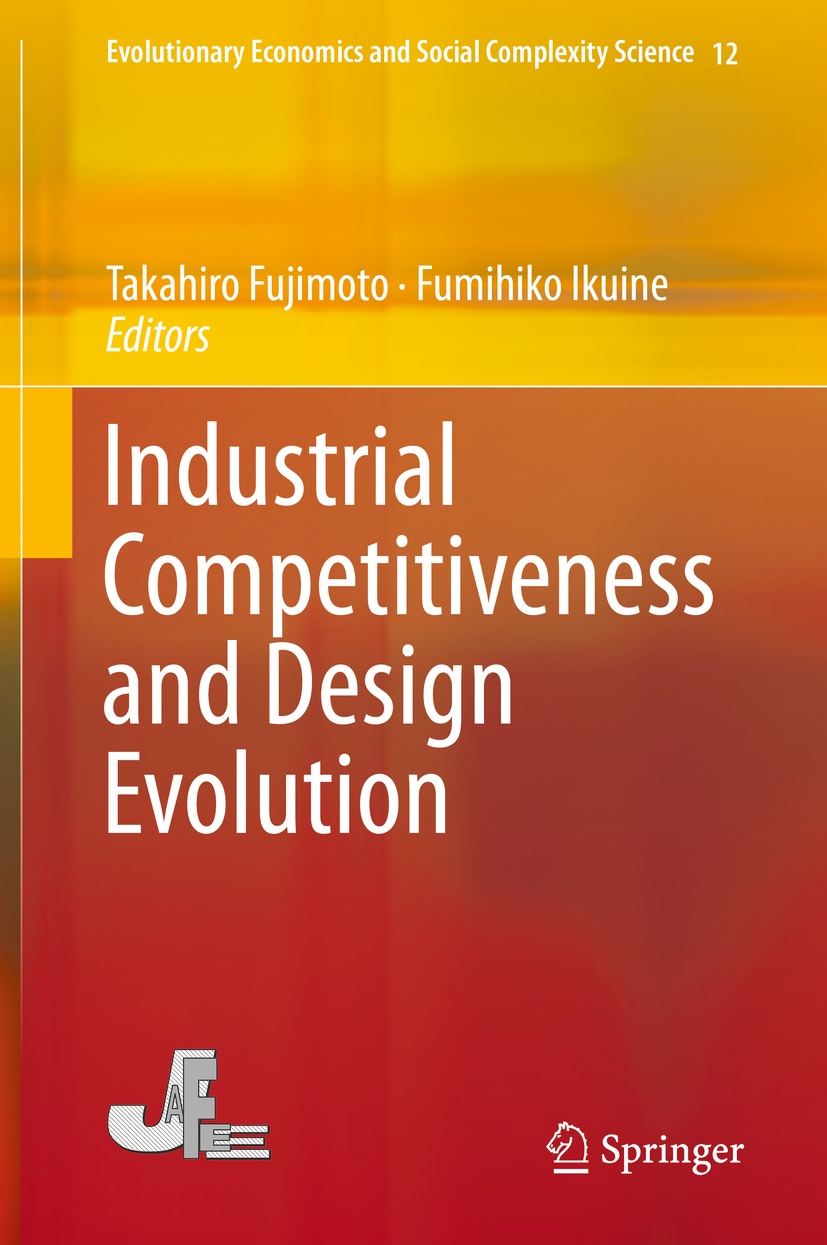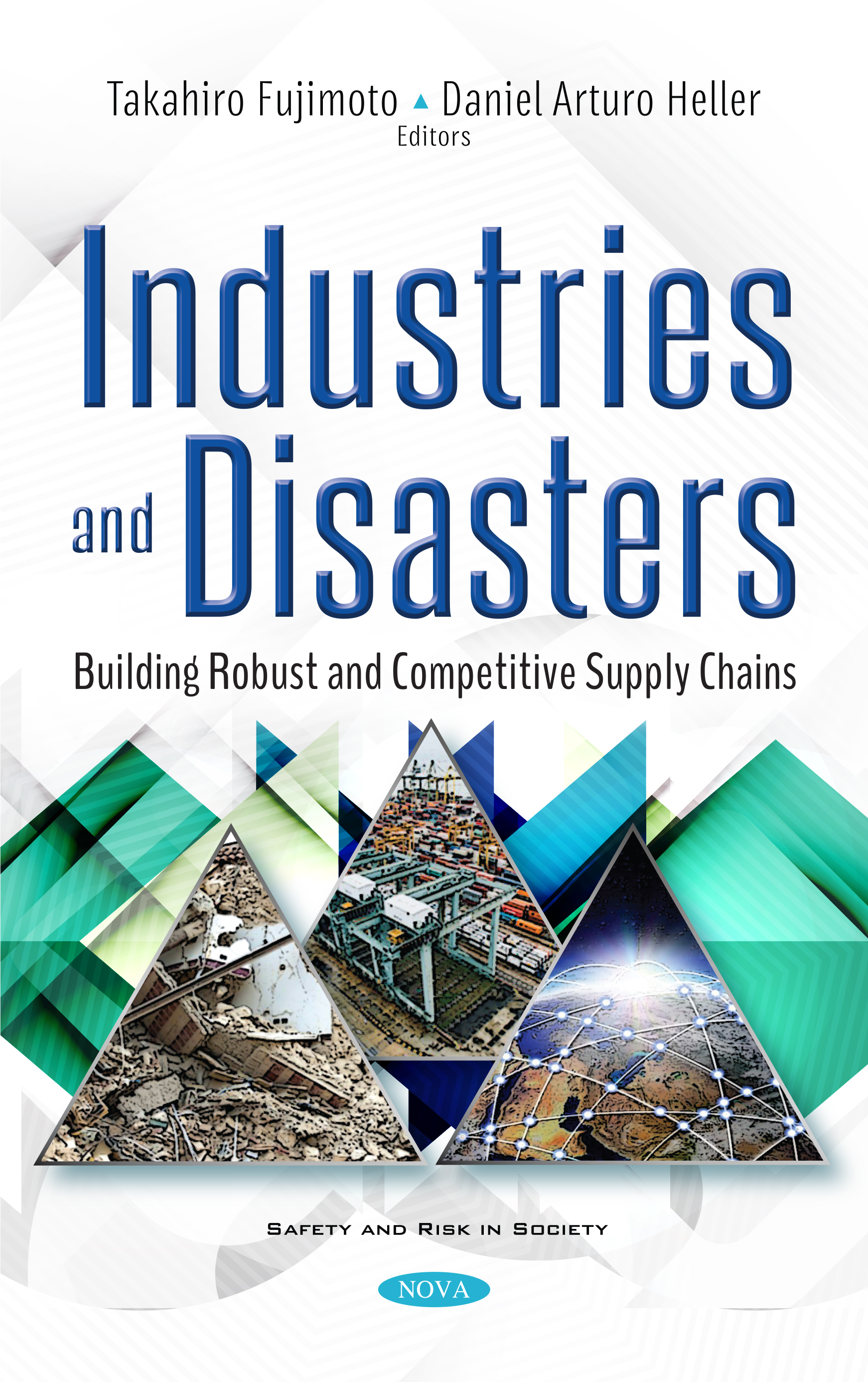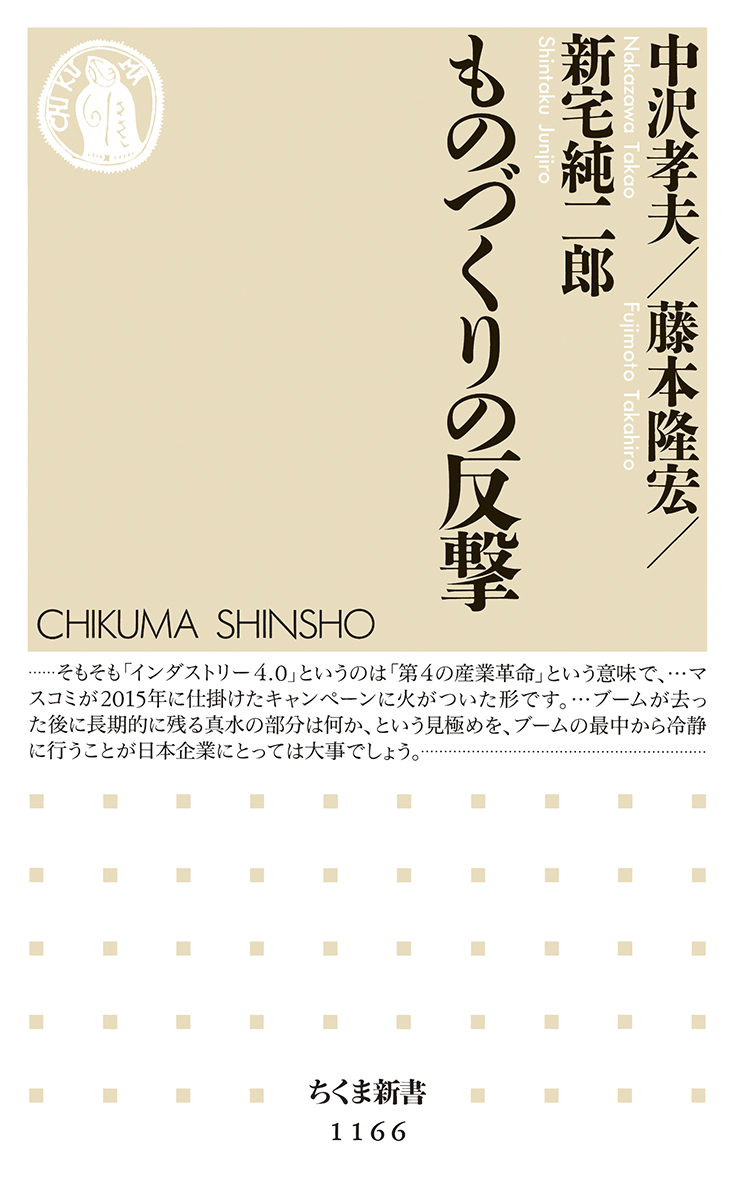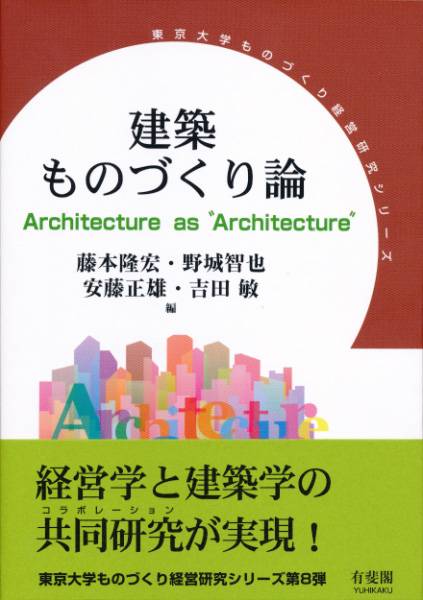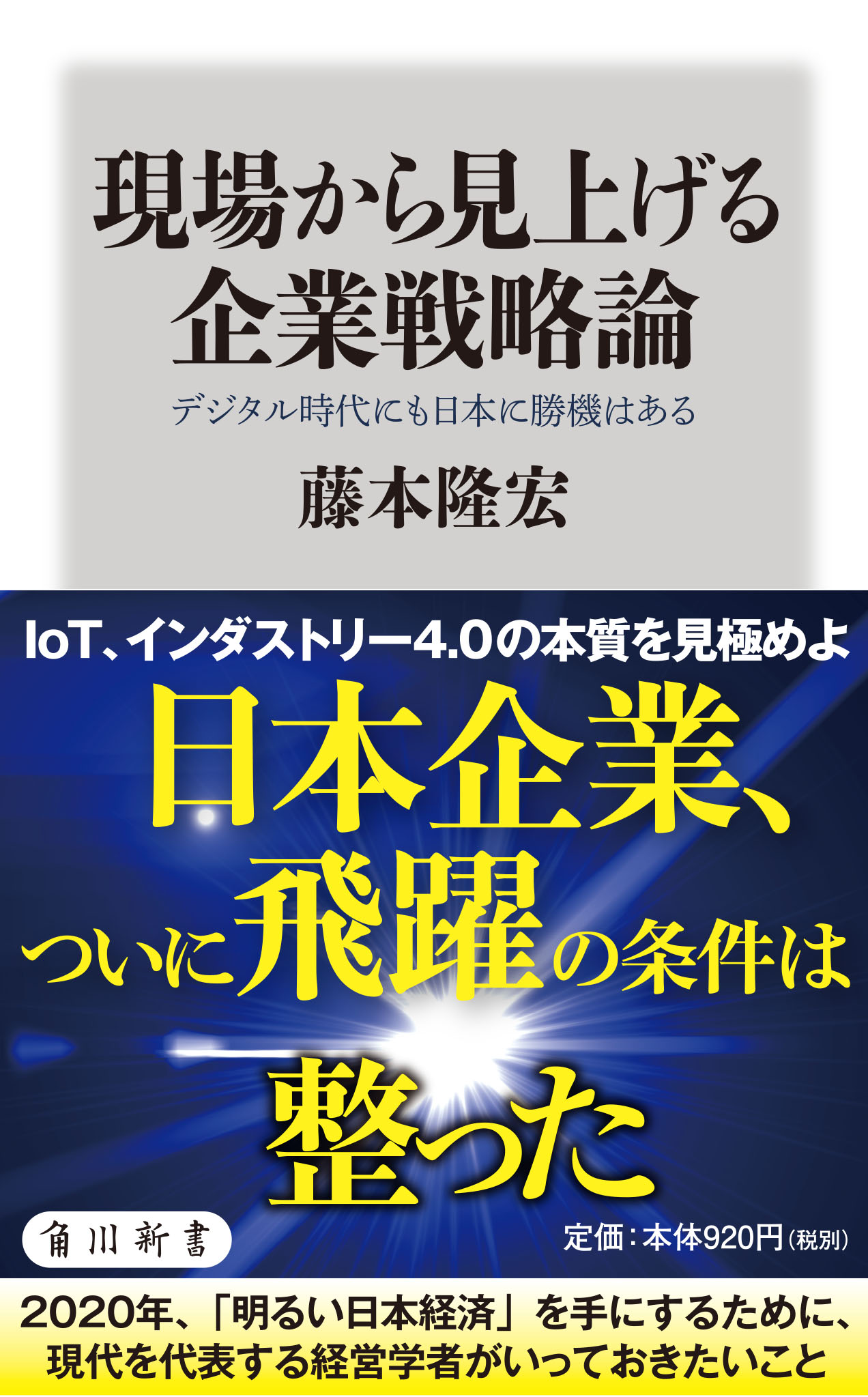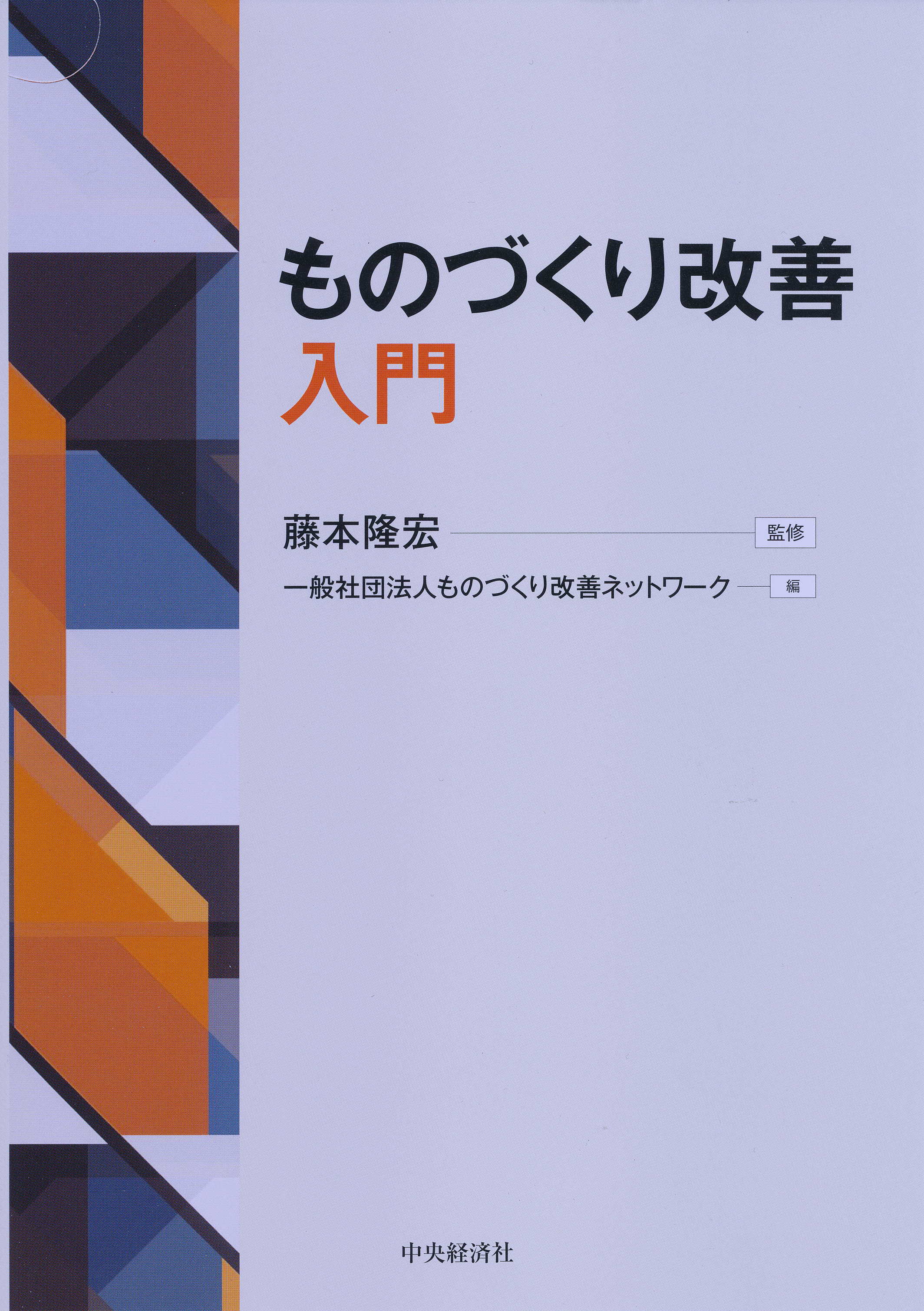
Title
Monozukuri-Kaizen Nyumon (Introduction to Improving Manufacturing)
Size
226 pages
Language
Japanese
Released
April 27, 2017
ISBN
978-4-502-22931-2
Published by
Chuo-Keizai Sha
Book Info
See Book Availability at Library
Japanese Page
This book was written under the supervision of Takahiro Fujimoto as a digest version of his Introduction to Production Management (Nikkei, Inc.) published in 2001. After explaining the content of the original work, this book explains why a shortened version was necessary.
Introduction to Production Management was written as a textbook for the Management and Manufacturing Systems course (the course names have changed over the years) that Prof. Fujimoto has taught in the Faculty of Economics at the University of Tokyo for over 20 years. This is a long work, consisting of two volumes totaling around 750 pages, and it would take up nearly 50 hours of classroom instruction. The book consistently explains technology and production management from the viewpoint of manufacturing, generally, pursuing the benefits of design information (added value) processes flowing between production resources. Even worldwide, there are not many textbooks emphasizing the idea of such “flows.” Chinese and English language editions are currently being prepared.
In Japan, production management is mostly an engineering course centered around industrial engineering (IE) since the time of Frederick Taylor or operations research (OR). These topics are developed in detail, and then there is elaborate modeling analysis. Even Fujimoto, who studied technology and operations management (TOM) at Harvard, used production and operations management textbooks in his studies, and he has included brief explanations of detailed motion studies, inventory analysis, and survey design, among other topics, in his textbooks.
However, the characteristics of production management are discussed as total systems from the viewpoint of competitiveness and its improvement. That is to say, after an introduction and a historical analysis, there is an overview of QCTF (Q = delivery dates and production Quality; C = productivity and Cost indicating the benefits of design information flows in production locations, which receive transfers of design information; T = production lead Time; and F = Flexibility for customer satisfaction and changes) and an explanation of its measurement, management, and improvement. Next, concerning the maintenance and improvement of production resources, there is a discussion of the building, maintenance, and improvement of the 3Ms: management of onsite human resources (Men / Women); equipment management (Machines); and purchasing Management (Material). Lastly, concerning product development, which is the process of producing design information itself, the book includes a general discussion of management and improvement of development QCT: design and product Quality; development productivity and development Costs; and development Time.
In 2005, the Manufacturing Management Research Center founded the Manufacturing Instructor School to develop professors of onsite improvement and is currently also assisting in the establishment and management of local schools in more than 10 municipalities. They have also founded the Monozukuri Kaizen Network (MKN) to build networks among the regional schools and develop instructors. Most of these locations are using Introduction to Production Management as a text, but since there was some feedback that it was too long, Ryuji Fukuda, the Executive Director of MKN, and the editor Yokoi have led the efforts to prepare this shortened version, the Introduction to Improving Manufacturing.
(Written by FUJIMOTO Takahiro, Professor, Graduate School of Economics / 2019)



 Find a book
Find a book


